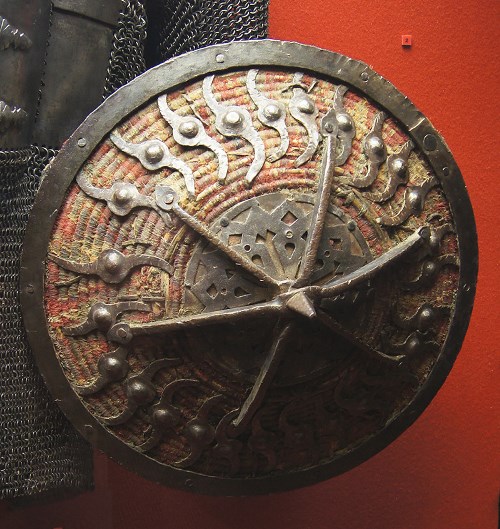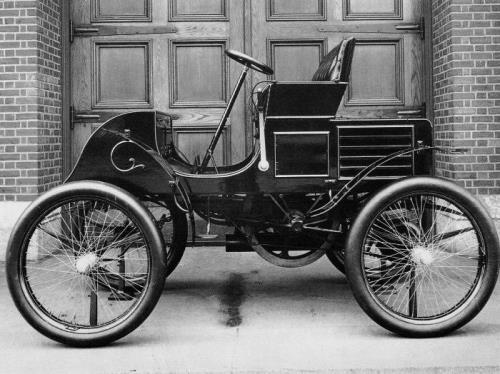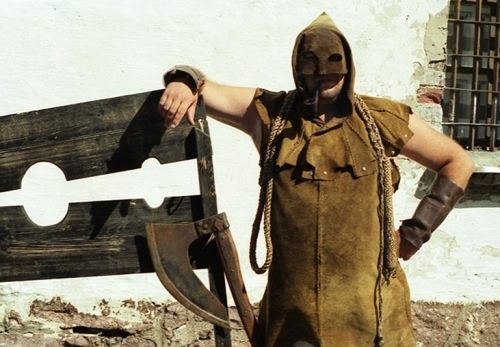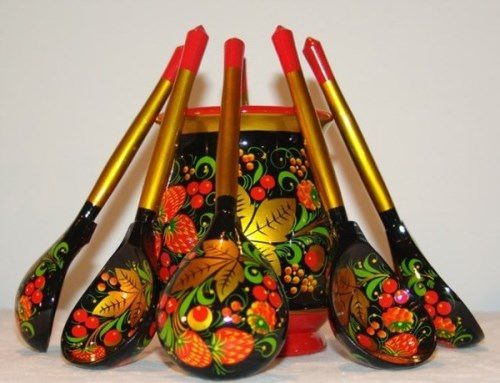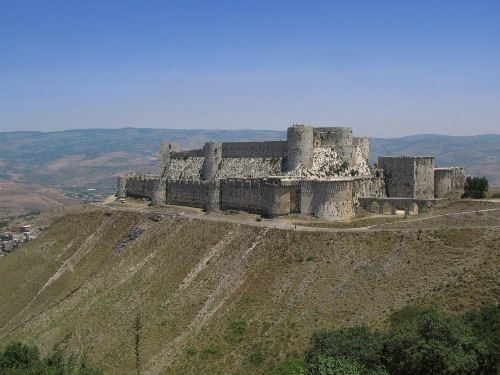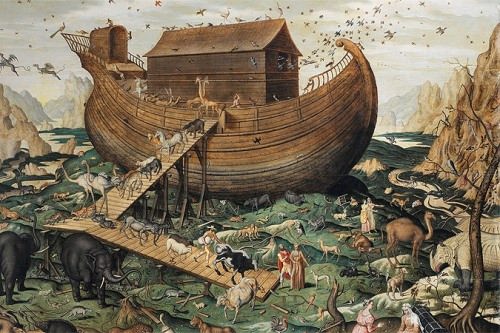Interesting about Cosmetics
Cosmetics are products that people put on their bodies to make themselves feel more beautiful. There are many types of cosmetics, including face makeup, nail polish, lotions, perfumes, and shampoos. Cosmetics were also used in ancient times. Today millions of people throughout the world use cosmetics every day.
Ancient Egyptians were the first people known to use cosmetics. Egyptian men and women used perfumed oils to keep their skin from drying out. They also used natural coloring on their eyelids and eyelashes. The Romans later introduced more types of cosmetics.
Historians argue that the first lipstick appeared 12 thousand years ago. It could be juice of berries, mush made from plants or bark of trees. The first documentary evidence of the use of lipstick was found in the chronicles of Ancient Babylon. The Mesopotamian nobles used a creamy substance made from crushed semiprecious stones and minerals.
More »

